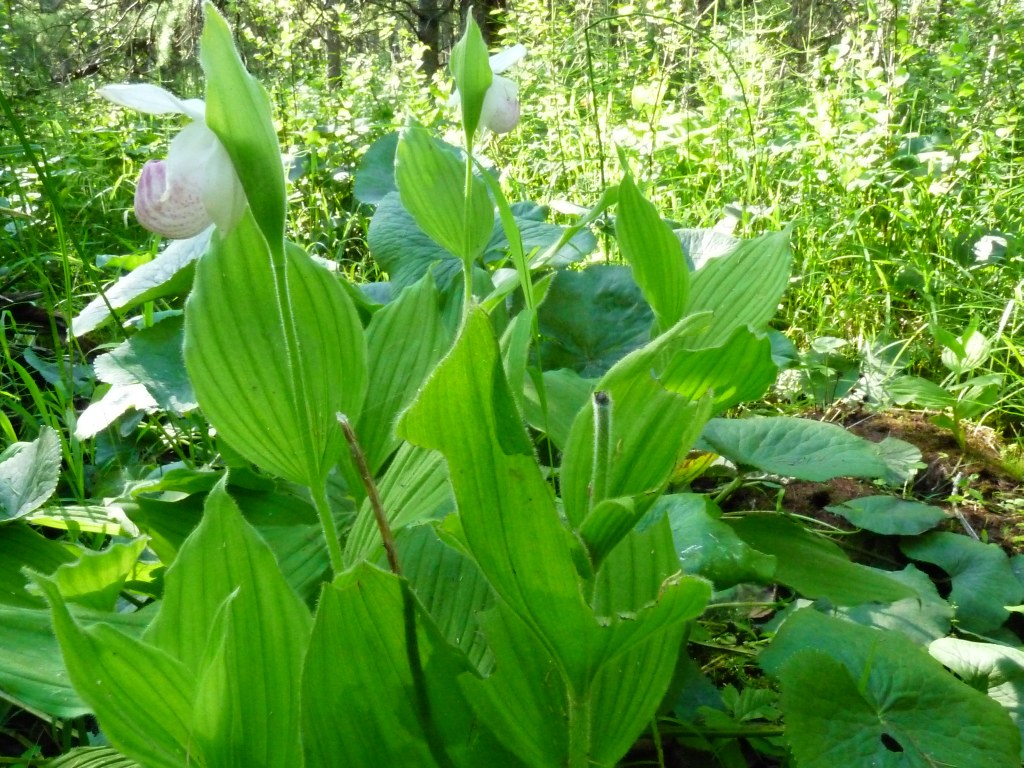M
musiclovertony
Guest
On Sunday, I made a trip about 100 miles northwest of where I live to visit a rich, minerotrophic tamarack swamp. This swamp is the furthest south location in minnesota that I know has a very high and consistent population of Cyp. reginae. The swamp is about 40 acres in a 600 acre site owned by the Minnesota Department of Natural Resources and managed for wildlife.
The swamp is very high quality. I see no sign of human distruption in the swamp itself, which is (unfortunately) very rare. No discarded bottles, cans or cigarettes (or haphazardly placed footprints for that matter). The mosquitos and horseflies must keep all but the most dedicated visitors at bay. I always wear 100% deet, but I still ended up with more mosquito bites than I have ever had in my life. Also, I had the misfortune of placing my hand in an ant colony...that was not a pleasant experience, to say the least.
Anyways, the visit was wonderful. The showy lady's slippers were well past prime, but I did find a few dozen with flowers still open. The rest had either been pollinated, browsed by deer, or otherwise passed and shriveled. The Platanthera hyperborea (tall northern bog orchid) were just beginning to show up. I only found one plant with open flowers (and most on that plant were still in the process of opening). This area is absolutely magnificent in prime Lady's Slipper season, with hundreds of flowers open
This is what the area looks like. The canopy is all tamarack
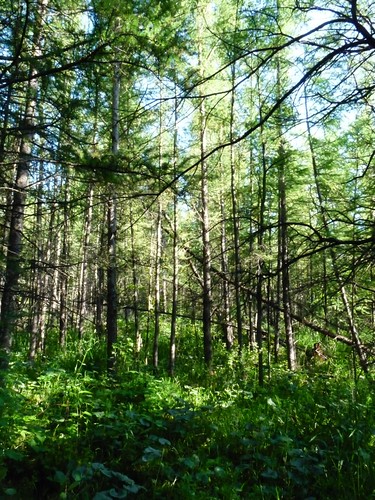
http://www.flickr.com/photos/musicloveranthony/4719645565/
This is what most of the ground cover is like. The areas around the root systems of the trees have a cover of peat and brown mosses. The areas between the roots have mineral rich groundwater pools. The elevated, root zone areas tend to be the areas the Cypripedium grow alongside ferns, starflowers and dwarf raspberries
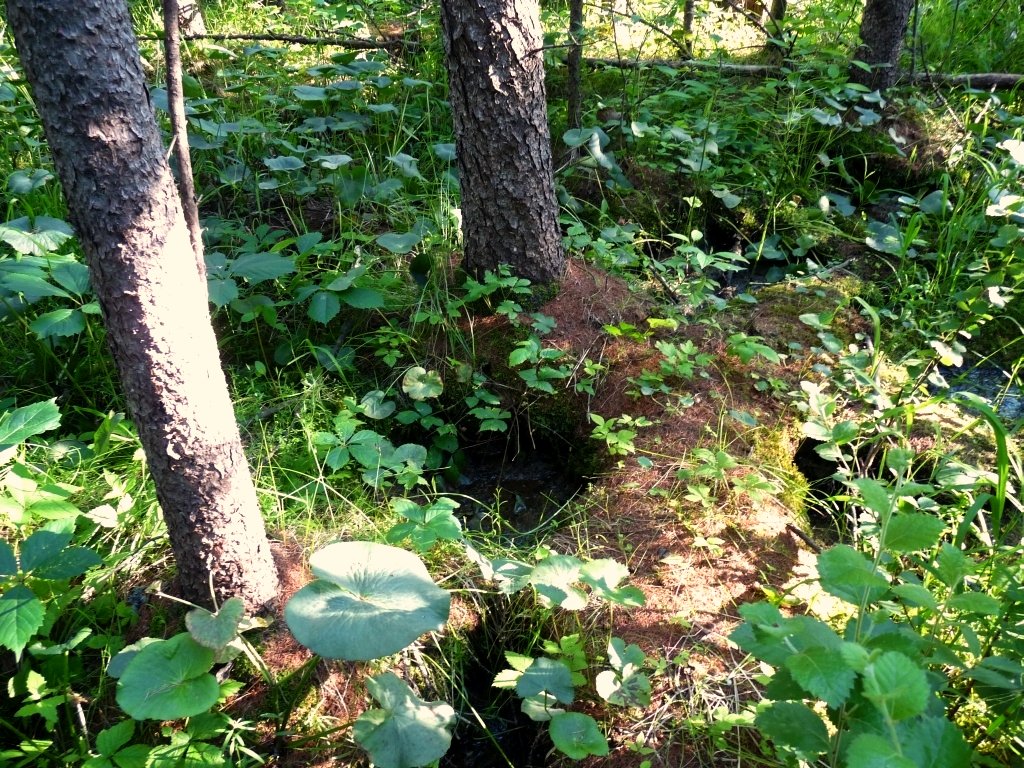
http://www.flickr.com/photos/musicloveranthony/4719647343/
Here is a Cyp growing from the elevated root zone of a tamarack tree
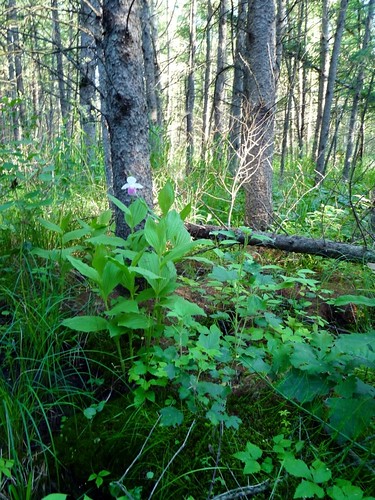
http://www.flickr.com/photos/musicloveranthony/4719593573/
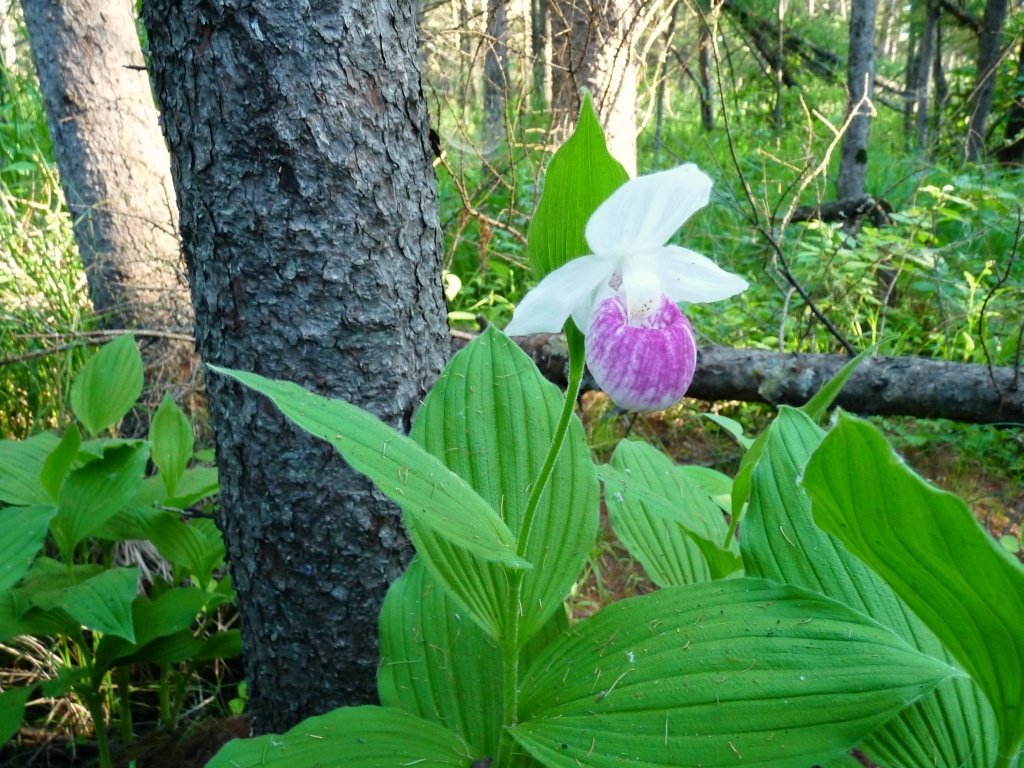
http://www.flickr.com/photos/musicloveranthony/4719594271/
And a different plant
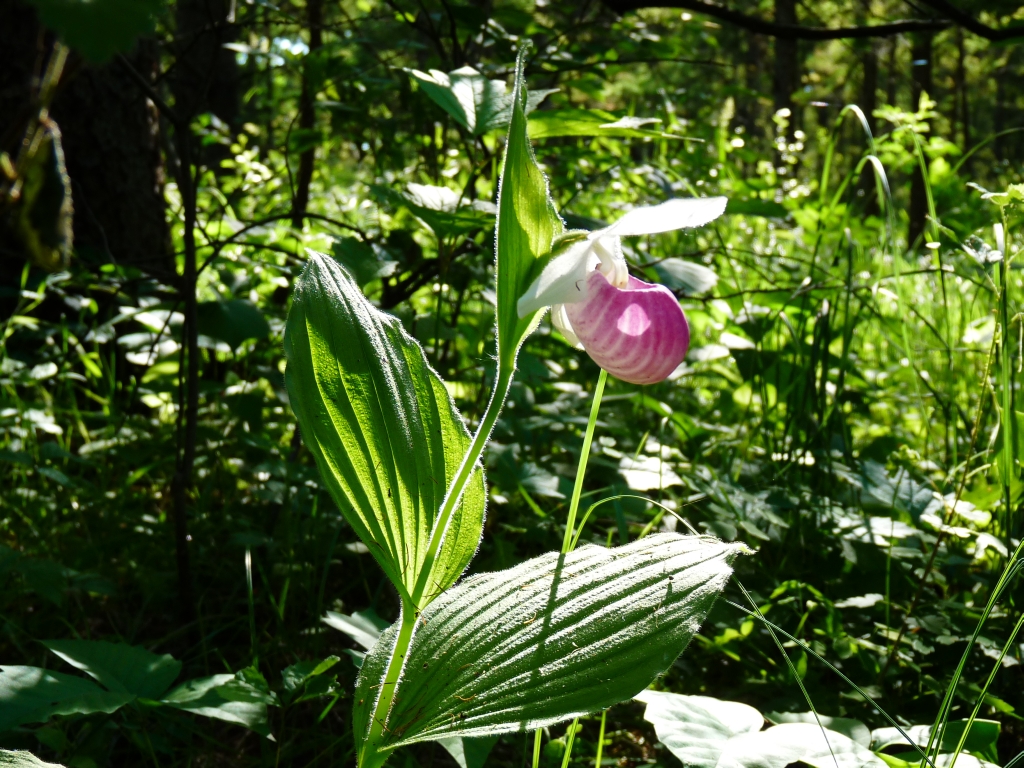
http://www.flickr.com/photos/musicloveranthony/4719588811/
Some of the Cyp grow right out of the saturated peat in the basins between the Trees along with marsh marigold, sedges and horsetails. Note that there is the large clump of Cyp in the foreground as well as another large clump to camera rear-right and another large clump to camera rear-center (note the shriveled flowers on the other clumps)
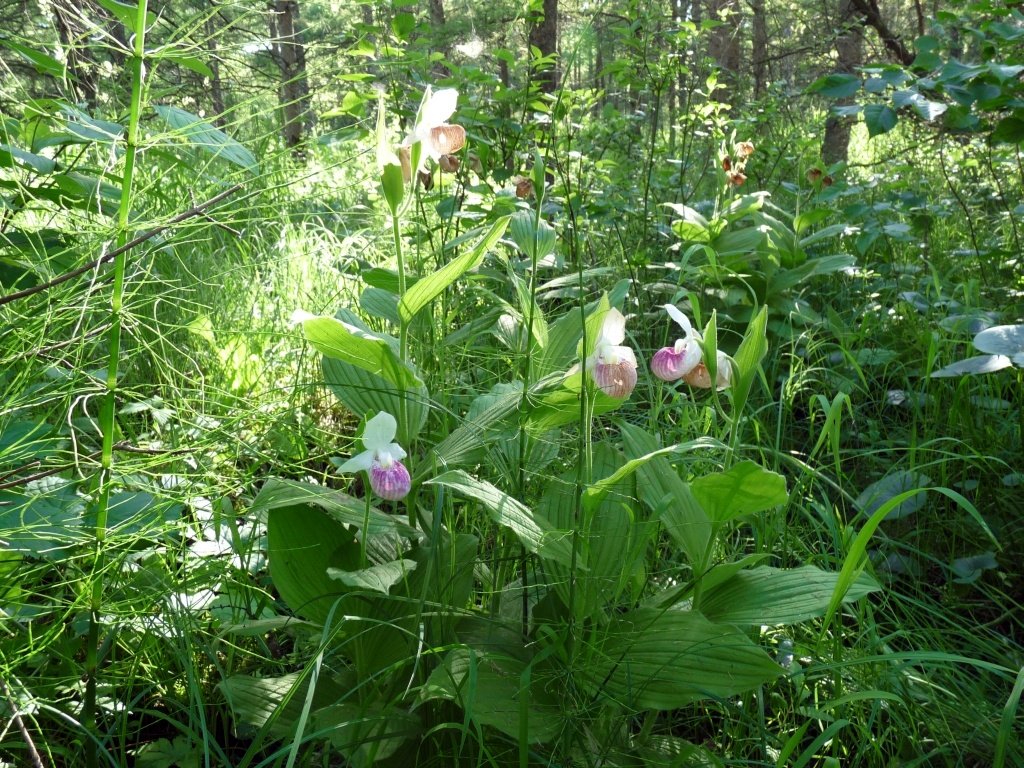
http://www.flickr.com/photos/musicloveranthony/4719590497/
A few other pictures
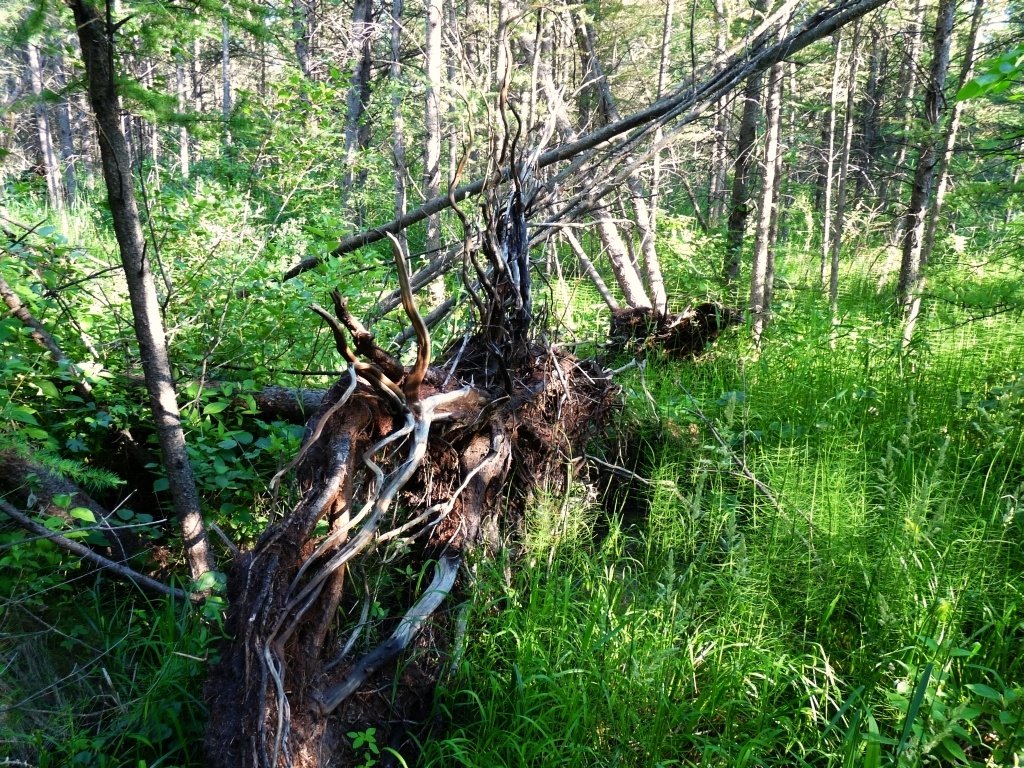
http://www.flickr.com/photos/musicloveranthony/4719646695/
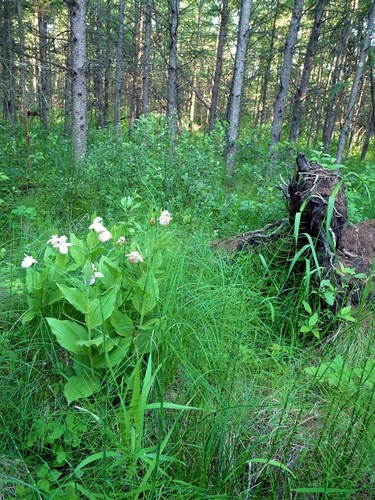
http://www.flickr.com/photos/musicloveranthony/4720244988/
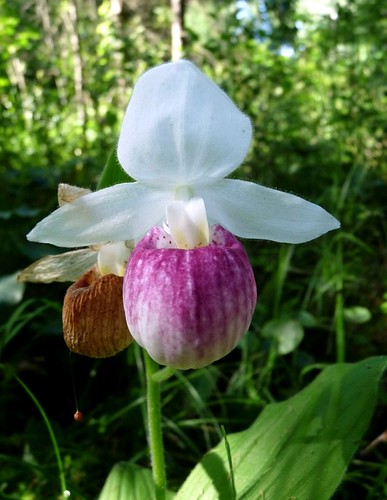
http://www.flickr.com/photos/musicloveranthony/4720238034/
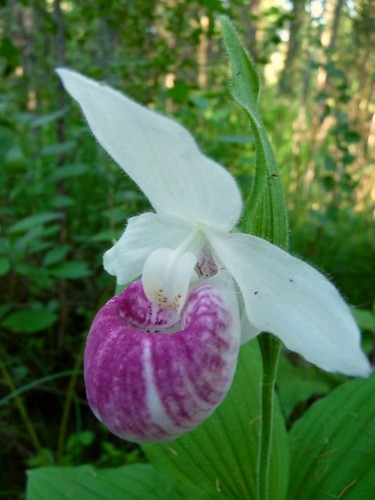
http://www.flickr.com/photos/musicloveranthony/4726906936/
An unusually lightly colored flower. There were a few colonies with one or two very lightly colored flowers, but none were true whites
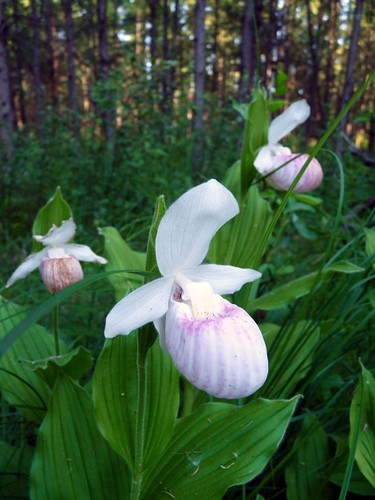
http://www.flickr.com/photos/musicloveranthony/4720245542/
An early blooming Platanthera hyperborea with a blooming Cyp reginae in the background
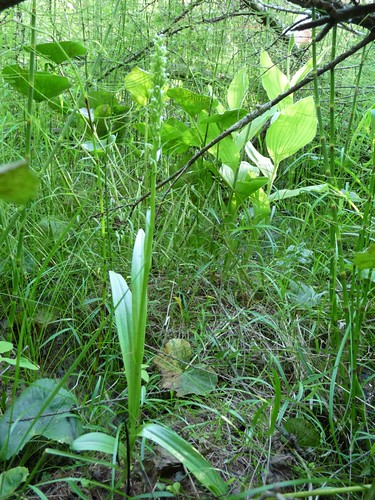
http://www.flickr.com/photos/musicloveranthony/4720241948/
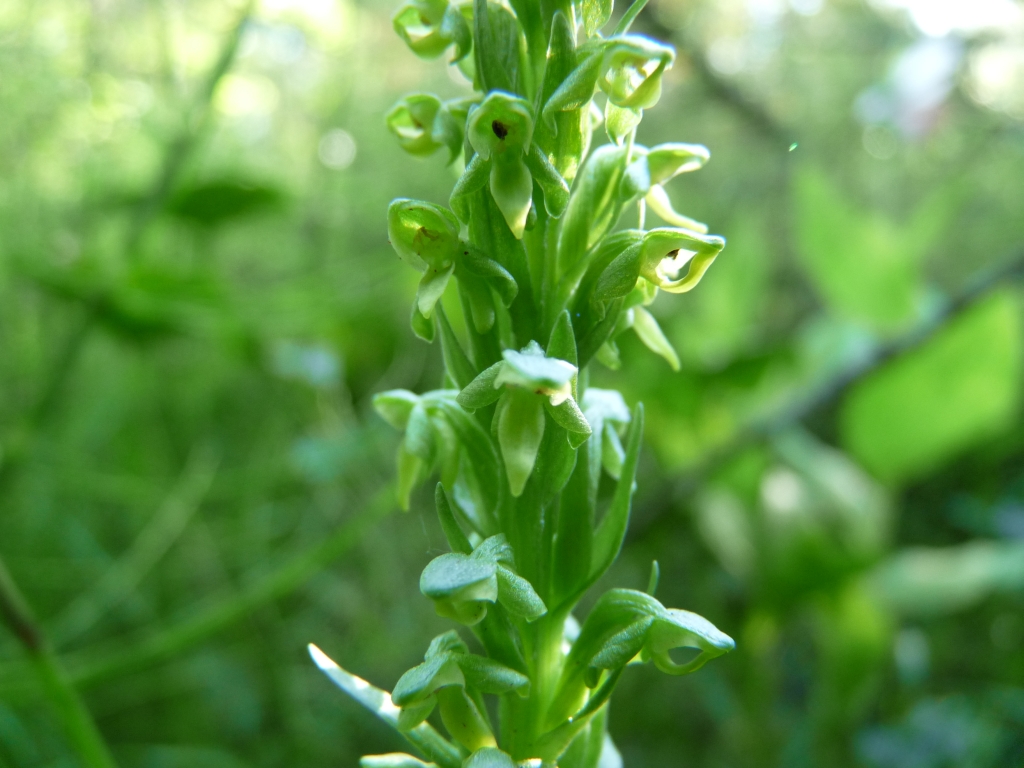
http://www.flickr.com/photos/musicloveranthony/4720240658/in/photostream/
Iris versicolor, Northern Blue Flag Iris. These are well past prime, also
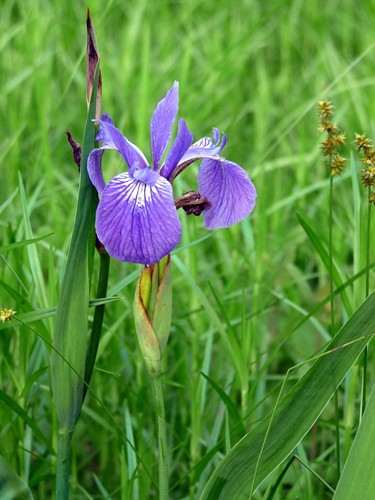
http://www.flickr.com/photos/musicloveranthony/4720294652/
A moth, Ctenucha virginica (thanks, Dot!)
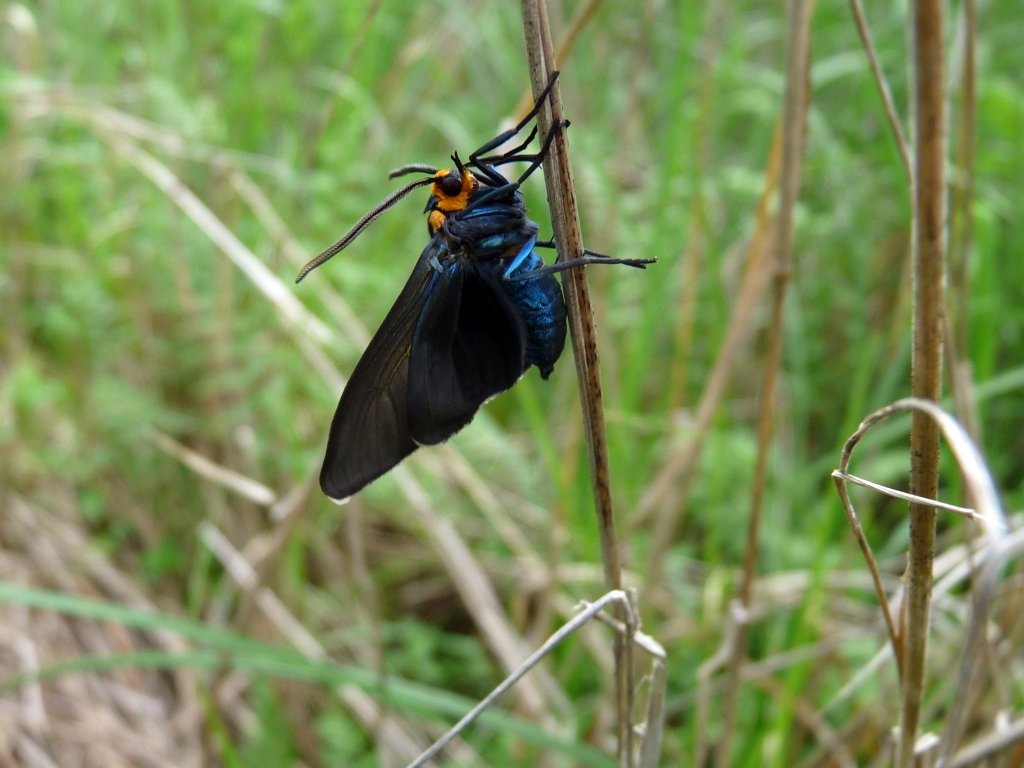
http://www.flickr.com/photos/musicloveranthony/4720298112/
The swamp is very high quality. I see no sign of human distruption in the swamp itself, which is (unfortunately) very rare. No discarded bottles, cans or cigarettes (or haphazardly placed footprints for that matter). The mosquitos and horseflies must keep all but the most dedicated visitors at bay. I always wear 100% deet, but I still ended up with more mosquito bites than I have ever had in my life. Also, I had the misfortune of placing my hand in an ant colony...that was not a pleasant experience, to say the least.
Anyways, the visit was wonderful. The showy lady's slippers were well past prime, but I did find a few dozen with flowers still open. The rest had either been pollinated, browsed by deer, or otherwise passed and shriveled. The Platanthera hyperborea (tall northern bog orchid) were just beginning to show up. I only found one plant with open flowers (and most on that plant were still in the process of opening). This area is absolutely magnificent in prime Lady's Slipper season, with hundreds of flowers open
This is what the area looks like. The canopy is all tamarack

http://www.flickr.com/photos/musicloveranthony/4719645565/
This is what most of the ground cover is like. The areas around the root systems of the trees have a cover of peat and brown mosses. The areas between the roots have mineral rich groundwater pools. The elevated, root zone areas tend to be the areas the Cypripedium grow alongside ferns, starflowers and dwarf raspberries

http://www.flickr.com/photos/musicloveranthony/4719647343/
Here is a Cyp growing from the elevated root zone of a tamarack tree

http://www.flickr.com/photos/musicloveranthony/4719593573/

http://www.flickr.com/photos/musicloveranthony/4719594271/
And a different plant

http://www.flickr.com/photos/musicloveranthony/4719588811/
Some of the Cyp grow right out of the saturated peat in the basins between the Trees along with marsh marigold, sedges and horsetails. Note that there is the large clump of Cyp in the foreground as well as another large clump to camera rear-right and another large clump to camera rear-center (note the shriveled flowers on the other clumps)

http://www.flickr.com/photos/musicloveranthony/4719590497/
A few other pictures

http://www.flickr.com/photos/musicloveranthony/4719646695/

http://www.flickr.com/photos/musicloveranthony/4720244988/

http://www.flickr.com/photos/musicloveranthony/4720238034/

http://www.flickr.com/photos/musicloveranthony/4726906936/
An unusually lightly colored flower. There were a few colonies with one or two very lightly colored flowers, but none were true whites

http://www.flickr.com/photos/musicloveranthony/4720245542/
An early blooming Platanthera hyperborea with a blooming Cyp reginae in the background

http://www.flickr.com/photos/musicloveranthony/4720241948/

http://www.flickr.com/photos/musicloveranthony/4720240658/in/photostream/
Iris versicolor, Northern Blue Flag Iris. These are well past prime, also

http://www.flickr.com/photos/musicloveranthony/4720294652/
A moth, Ctenucha virginica (thanks, Dot!)

http://www.flickr.com/photos/musicloveranthony/4720298112/
Last edited by a moderator:




